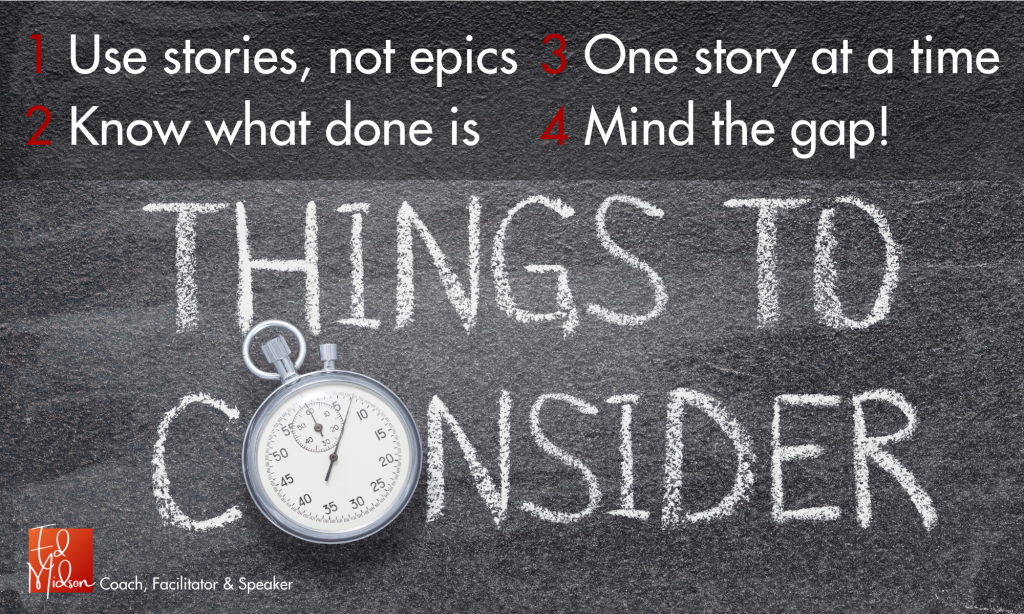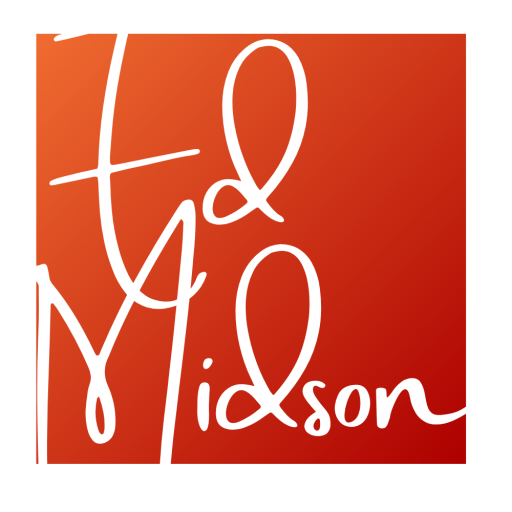Why short stories can lead to great epics tales
As an Agile Coach my default style is warm, supportive, yet tenacious. These are all key because, while agile may begin as a process, the coaching part of the role is absolutely human.
Because no human is infallible, and we can all develop interesting and unhelpful habits, I find another key trait to cultivate is appropriate humility; one has to be ready to show themselves the same mirror they offer to others through their coaching. It just so happens, I have recently demonstrated a perfect example of where I had to hold up the mirror to myself, and I would like to share it with you.

If you’re keeping up with my ongoing research journey, you’ll know that two years ago I decided to change my work/life balance to accommodate pursuing an MSc in Applied Positive Psychology (MAPP). I’m now in the final semester of my final year, and to say the workload has been challenging would be a slight understatement.
At the time of starting this article I was six assignments away from the finish line and suffering from a bout of procrastination, and possibly a mini wave of imposter syndrome (which is ironically the focus of my research). I want to share with you how, in just two weeks, I have gone from standstill to completing a half-marathon (smashing multiple assignments).
It started with a particular assignment that had been evading my desire to get it finished of late. Initially, there was a kind of burnout style resistance going on; a by-product of having been on the treadmill for some time and now in need of a break. But this need was also supported by a want; a want to enjoy the sunshine now that spring is here.
I shared this resistance with my Dissertation Supervisor in one of our recent sessions, saying
“I know that if I apply myself properly, I could have these next five assignments done early. Leaving the summer free to enjoy myself. But, for some reason I can’t seem to get back on the treadmill in semester two!”
“It’s important to give yourself a break now and then”, they replied.
To which I said,
“Yes, but I wonder if this break will turn into procrastination due to being resistant to the assignment itself”.
“Yes, one can sometimes lose momentum when taking a break, but you need to be reasonable with yourself at the same time. Everyone needs a break now and then.” they said.
We explored the resistance a little more before they offered this pearl of wisdom,
“Try to reframe the skills of the analysis required for this assignment as useful to your research and your dissertation work”
This was helpful. But, two weeks later the lack of motivation had remained and any other demand on my time seemed to trump this assignment. I would look for anything to do other than this.
It occurred to me that I have been looking at the assignment as a whole (in agile terms we might call this an ‘Epic’), this is too much to hold on to at once. Even though I knew that there was a step-by-step process I would follow, I still held the Epic as the task. For me this was the same as being asked to climb a mountain when you’re more interested in climbing the one behind it.
It struck me that this is quite similar to those moments in an agile team where a big pile of important but not exciting work lands in the sprint backlog (the tasks we need to complete this week). At these times motivation can drop and so finding ways to break the work down in to manageable chunks (what we sometimes call stories) is crucial.
The idea behind turning epic tasks into short independent stories is that, with each story completion, a nice dose of dopamine completion energy comes with it! As the energy flows and the backlog list get shorter, speed tends to increase and therefore so does the output. All I needed to do was apply the same principle to these assignments.
Here’s how I did it

1. Use Stories, Not Epics
These assignments tend to have a natural process of steps to follow before they are completed. Sometimes, students can use a circular approach;
- Write the first draft (create)
- Then go back and re-read and edit (test)
- Then go back and edit some more (inspect)
- Then do citations, references and spellcheck (quality assurance)
- Then press send (release)
The thing is doing 1, then 2, then 3, etc. for a whole assignment of several thousand words always takes way longer than an agile approach. So instead, I broke the assignment down in to sections and treated each section as its own story.
2. Know What Done Looks Like
For each story, you must know what done looks like (in this case it’s steps 1 to 4 for the respective section). Now, the key logic behind this is that you will never have as much clarity about why you wrote what you wrote at the time you wrote it, so do all the checking and citations and referencing as you go. Make sure the work is complete so that you would be confident not needing to check it again. This is not to say you can never revise things later.
3. One Story
For the procrastinators out there this is tricky, but only work on one story at a time. Ignore the sparkly distraction to your right and thing you’d rather do to your left. When you feel yourself being distracted, do what you need to do to reasonably bring yourself back on task;
- Take a short break
- Eat and or hydrate
- Switch on your do not disturb
- If the replay to an email will take longer than a few moments, delay it or block out a time to address it (time box the distraction)
- Proactively manage people’s expectations and demands
- Tell people around you what your goal is and ask them nicely to let you focus on it
- Give yourself a mini nudge “No, let’s stay on this, you’re nearly there!”
4. The Gap Between Stories
When you’ve just completed a story, celebrate that (it’s an achievement!) and maybe take a short break to refresh. Then try (if your remaining working time will allow) to get straight on to the next story. If you’re short on time, ask yourself if there is a short story you can complete? Ideally, you don’t want to leave a complex story open overnight if you can help it, as it will take you time to get back into the same headspace the next day. That said, there are times when fresh eyes can be useful, but you tend to know when these times are.
It’s key to be aware of your needs for rest and recouperation, but also be aware that the gap between stories can be like a drain to your motivation and energy. When you take your foot off the gas a sort of tiredness can creep in. Check if this is pointing to a genuine human need for rest. However, the best time to start a new story is when you’ve just finished one because you have momentum and plenty of dopamine.
It is by using this kind of agile approach to my assignment work that I have managed to complete not just the blocker assignment, but also revise for and pass a stats exam and then finish a third assignment all within just two weeks.
As a result, I feel happier, lighter, and more aligned with my values. I feel like I have been more self-actualising and dare I say, I’m even a little proud of myself and my inner imposter is quiet. I know! Be careful hay?




